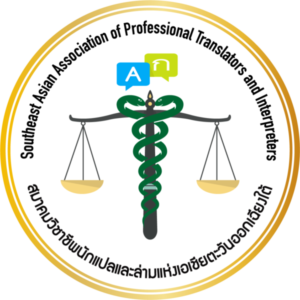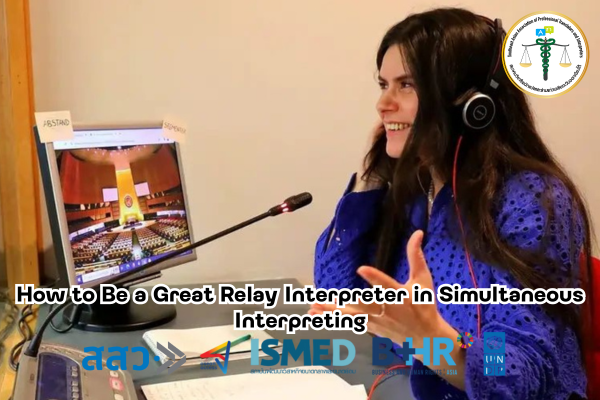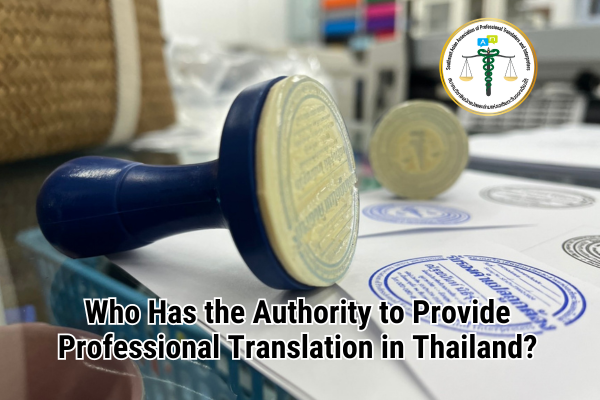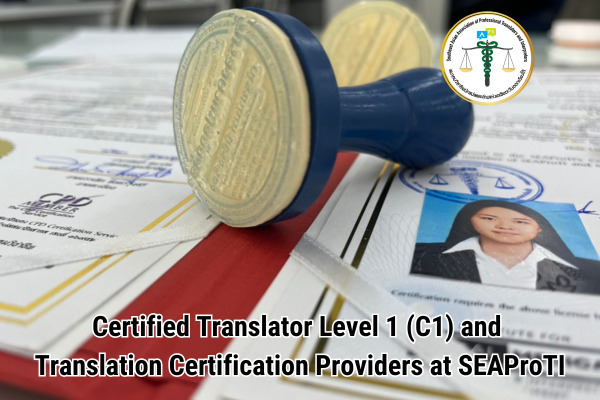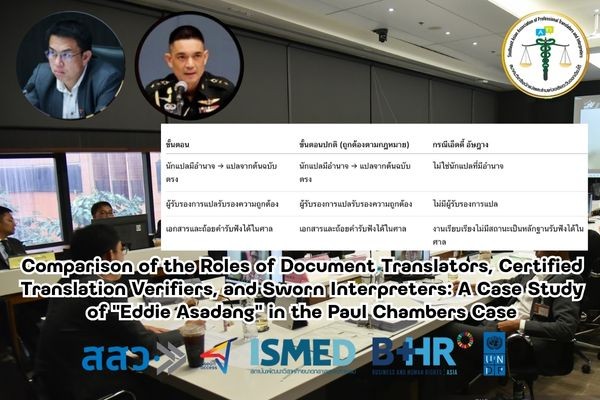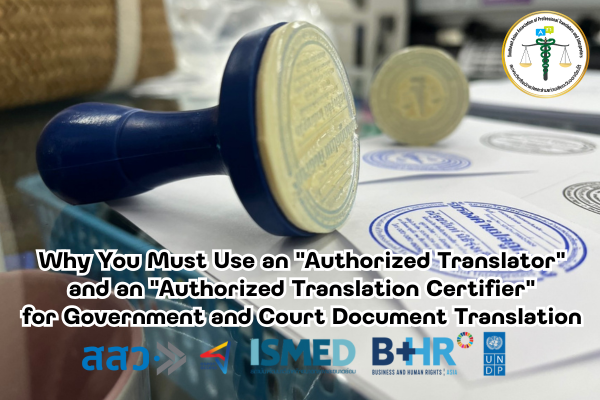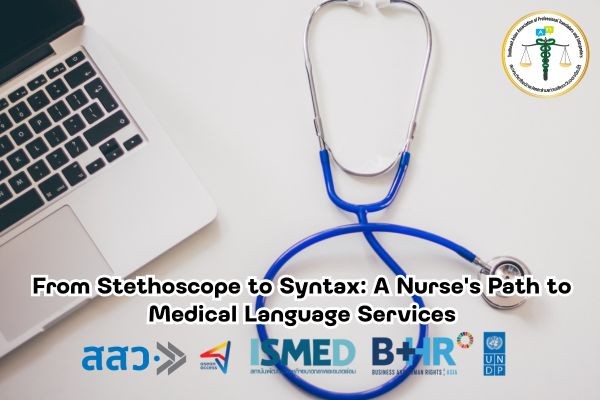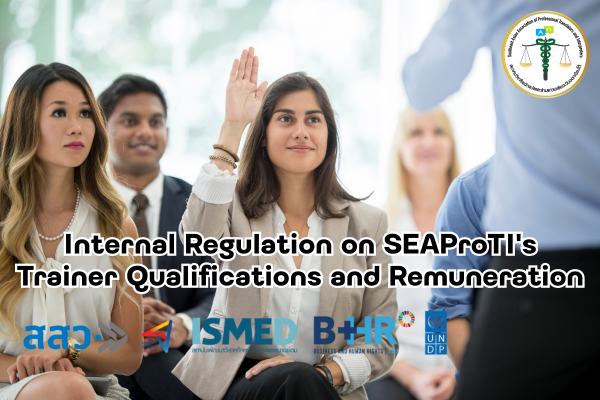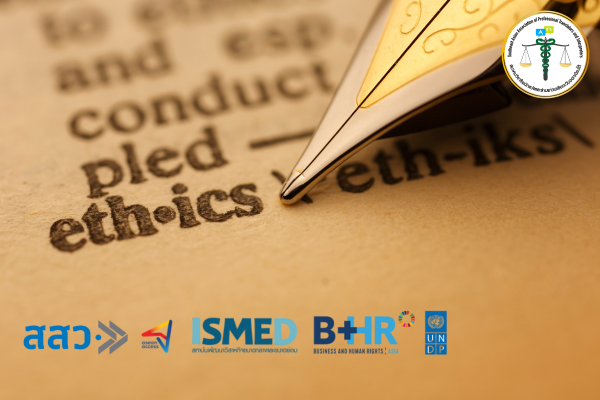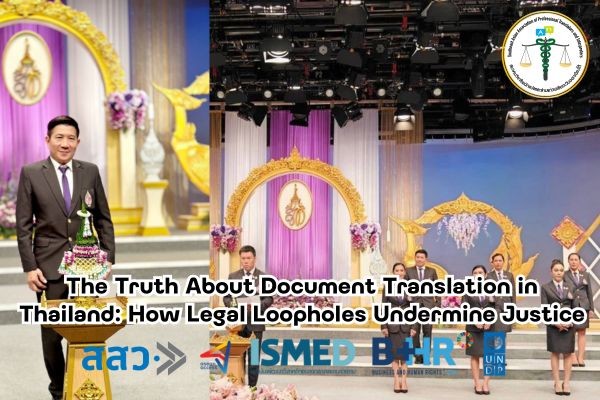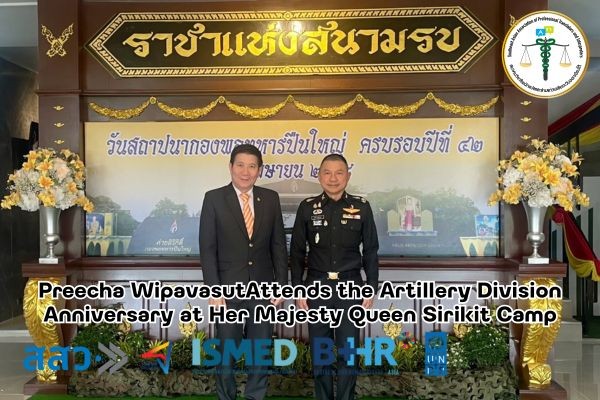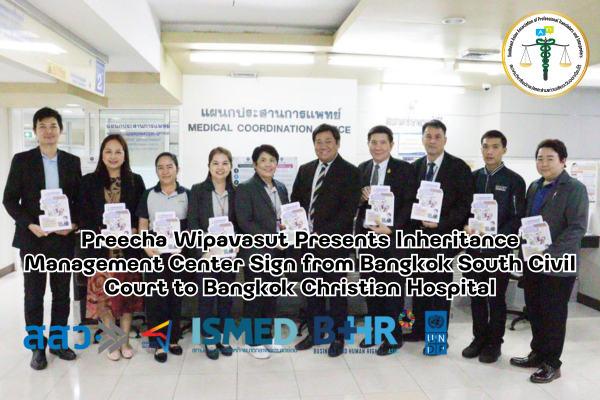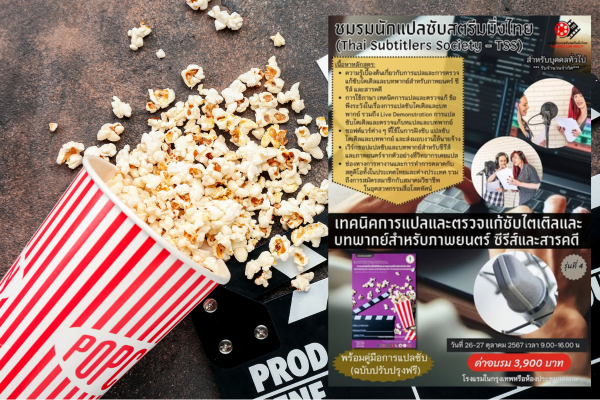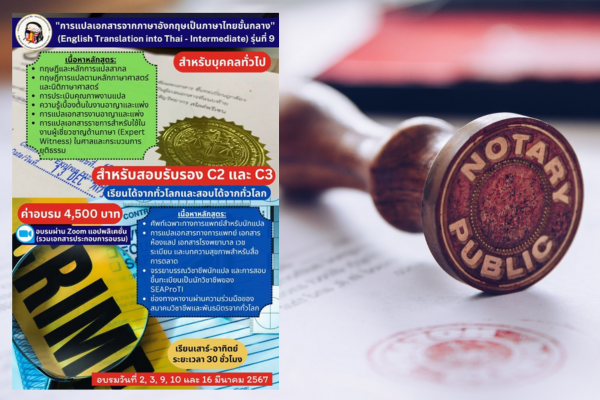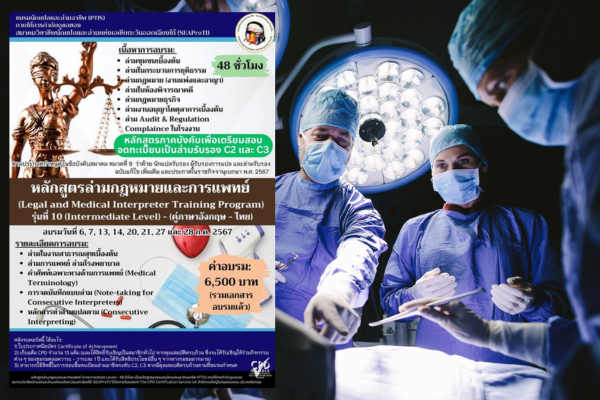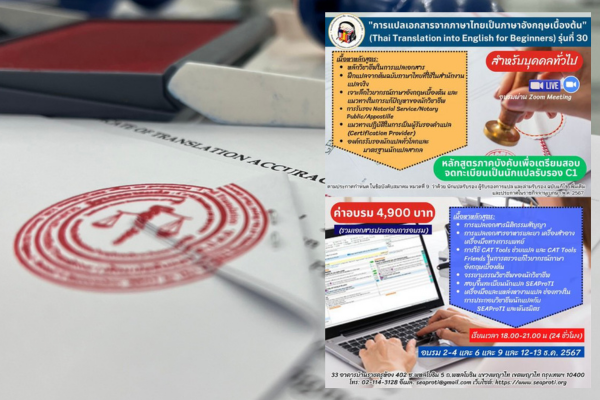How to Be a Great Relay Interpreter in Simultaneous Interpreting
In multilingual conferences, relay interpreters are crucial in ensuring that communication flows smoothly across different languages. Whether at the United Nations, major international events, or regional forums, a relay interpreter’s effectiveness can directly impact an event’s success.
This article provides practical guidelines on how to become an excellent relay interpreter in simultaneous interpreting, based on insights from the Complete Interpreter podcast by Sophie Llewellyn Smith (April 28, 2025).
Common Problems When Taking a Relay
Relay interpreters are the link between the original speaker and interpreters of other languages. However, common problems often make the relay difficult to use:
- Speaking too fast, making it hard to follow
- Translating word-for-word without adapting sentence structure
- Leaving words or phrases from the original language
- Poor pronunciation or strong accents
- Frequent pauses or hesitations that break the flow
- Incomplete sentences, leading to confusion
- Overly complex or chaotic sentence structures
- Delayed start or failure to release the microphone quickly
Addressing these issues is key to becoming a trusted and professional relay interpreter.
Qualities of a Good Relay Interpreter
To support fellow interpreters effectively, a good relay interpreter should demonstrate the following:
- Clear and structured delivery rather than word-for-word repetition
- Precise communication, avoiding ambiguity
- Clear pronunciation, especially for names, numbers, and technical terms
- Complete sentences to deliver full and coherent ideas
- Steady and appropriate pace
- Simple and direct language, avoiding idioms
- Confident and calm tone
- Effective use of pauses and intonation to separate ideas
Tips to Become an Excellent Relay Interpreter
If you want to improve your relay interpreting skills, here are essential tips:
1. Use Short, Clear Sentences
- Apply chunking techniques: break long sentences into short, manageable parts.
- Focus on the main message and eliminate unnecessary padding.
2. Prioritize Clear Pronunciation
- Pronounce names, numbers, and specialized terms very clearly.
- Slow down slightly to allow listeners to process information easily.
3. Simplify Language and Structure
- Avoid unusual idioms, complex metaphors, or culturally specific references.
- Restructure sentences naturally for the target language without clinging to the original syntax.
4. Communicate with Confidence
- Start promptly — do not keep relay users waiting.
- Maintain a steady, calm tone even under pressure.
Conclusion
Being a great relay interpreter in simultaneous interpreting is about processing the content intelligently and communicating it clearly and naturally, not simply repeating words.
When you chunk information, speak clearly, and stay calm, you help your colleagues deliver high-quality interpretation, ensuring smooth communication across languages.
Improving your relay skills not only elevates your professional profile but also strengthens the entire interpreting team’s performance.
SEAProTI’s certified translators, translation certification providers, and certified interpreters:
The Southeast Asian Association of Professional Translators and Interpreters (SEAProTI) has officially announced the criteria and qualifications for individuals to register as “Certified Translators,” “Translation Certification Providers,” and “Certified Interpreters” under the association’s regulations. These guidelines are detailed in Sections 9 and 10 of the Royal Thai Government Gazette, issued by the Secretariat of the Cabinet under the Office of the Prime Minister of the Kingdom of Thailand, dated July 25, 2024, Volume 141, Part 66 Ng, Page 100.
To read the full publication, visit: the Royal Thai Government Gazette
วิธีเป็นล่ามรีเลย์ (Relay Interpreter) ที่ดีในการแปลพร้อมกัน (Simultaneous Interpreting)
ล่ามรีเลย์ หรือ Relay Interpreter มีบทบาทสำคัญอย่างมากในการแปลพร้อมกัน (Simultaneous Interpreting) โดยเฉพาะในการประชุมที่มีหลายภาษา เช่น การประชุมสหประชาชาติ องค์กรระหว่างประเทศ หรือเวทีการประชุมระดับภูมิภาค หากล่ามถ่ายทอดทำหน้าที่ได้ดี จะช่วยให้การสื่อสารระหว่างภาษาต่าง ๆ เป็นไปอย่างราบรื่น รวดเร็ว และถูกต้อง
บทความนี้สรุปแนวทางการเป็นล่ามถ่ายทอดที่มีประสิทธิภาพ จากพอดแคสต์ The Complete Interpreter โดย Sophie Llewellyn Smith เพื่อเป็นแนวทางสำหรับล่ามมืออาชีพที่ต้องการพัฒนาทักษะของตน
ปัญหาที่มักพบในการทำล่ามรีเลย์ (Relay Problems)
เมื่อล่ามต้องแปลต่อจากล่ามถ่ายทอด สิ่งที่มักสร้างปัญหาคือ:
- พูดเร็วเกินไป ฟังไม่ทัน
- แปลตามไวยากรณ์ของภาษาต้นฉบับ โดยไม่เรียบเรียงใหม่
- ปล่อยคำจากภาษาต้นฉบับหลงเหลือ เช่น ชื่อเฉพาะ หรือวลีภาษาอื่น
- การออกเสียงไม่ชัด หรือสำเนียงหนัก
- พูดเว้นวรรคบ่อย ทำให้เนื้อหาไม่ต่อเนื่อง
- จบประโยคไม่สมบูรณ์ หรือพูดไม่จบความ
- ใช้ประโยคซับซ้อน ฟังยาก
- เริ่มต้นช้า หรือไม่ปล่อยไมค์เมื่อจบ
- การลดข้อผิดพลาดเหล่านี้ คือกุญแจสำคัญในการเป็นล่ามถ่ายทอดที่ดี
คุณสมบัติของล่ามถ่ายทอดที่ดี (Good Relay Interpreter Qualities)
ล่ามถ่ายทอดที่ดีควรมีคุณสมบัติดังนี้:
- พูดเนื้อหาเป็นระเบียบ ไม่เลียนแบบภาษาต้นฉบับ
- อธิบายชัดเจน เข้าใจง่าย
- ออกเสียงชัด โดยเฉพาะชื่อ ตัวเลข และศัพท์เฉพาะ
- จบประโยคทุกครั้ง ทำให้ความหมายสมบูรณ์
- รักษาจังหวะการพูดให้เหมาะสม ไม่เร็วหรือช้าเกินไป
- ใช้ภาษาง่าย หลีกเลี่ยงสำนวนที่ซับซ้อน
- น้ำเสียงมั่นใจ ฟังแล้วรู้สึกน่าเชื่อถือ
- แบ่งแยกประโยคหรือแนวคิดด้วยจังหวะหรือโทนเสียง
เคล็ดลับการทำล่ามรีเลย์ที่ยอดเยี่ยม (Tips for a Great Relay Interpreter)
ถ้าคุณต้องการเป็นล่ามรีเลย์ที่เพื่อนร่วมงานไว้ใจ นี่คือสิ่งที่ควรทำ:
1. ใช้ประโยคสั้น กระชับ
- “Chunking” คือการแบ่งประโยคยาว ๆ ออกเป็นช่วงสั้น ๆ
- เน้นใจความสำคัญ ตัดคำฟุ่มเฟือย
2. ออกเสียงชัดเจน
- เน้นการออกเสียงชื่อคน ตัวเลข และศัพท์เทคนิคให้ชัด
- ลดความเร็วลงเล็กน้อย เพื่อให้เข้าใจง่ายขึ้น
3. เรียบเรียงภาษาง่าย
- หลีกเลี่ยงการใช้สำนวน วลีท้องถิ่น หรือการพูดเปรียบเปรย
- ใช้โครงสร้างประโยคธรรมดา ไม่ซับซ้อน
4. สื่อสารอย่างมั่นใจ
- เริ่มพูดทันทีเมื่อถึงคิว ไม่ปล่อยให้คู่แปลรอนาน
- รักษาน้ำเสียงมั่นคง แม้ในสถานการณ์ตึงเครียด
สรุป
การเป็น ล่ามถ่ายทอดที่ดี ไม่ได้หมายถึงการพูดตามต้นฉบับคำต่อคำ แต่หมายถึงการ ทำความเข้าใจเนื้อหา สรุปอย่างมีโครงสร้าง และสื่อสารให้ชัดเจนที่สุด เพื่อช่วยให้เพื่อนล่ามและผู้ฟังทุกคนได้รับข้อมูลที่ถูกต้องและเข้าใจได้ง่าย
หากคุณต้องการยกระดับอาชีพล่ามของตัวเอง การพัฒนาทักษะการเป็นล่ามถ่ายทอดถือเป็นก้าวสำคัญที่ไม่ควรมองข้าม
เกี่ยวกับนักแปลรับรอง ผู้รับรองการแปล และล่ามรับรองของสมาคมวิชาชีพนักแปลและล่ามแห่งเอเชียตะวันออกเฉียงใต้
สมาคมวิชาชีพนักแปลและล่ามแห่งเอเชียตะวันออกเฉียงใต้ (SEAProTI) ได้ประกาศหลักเกณฑ์และคุณสมบัติผู้ที่ขึ้นทะเบียนเป็น “นักแปลรับรอง (Certified Translators) และผู้รับรองการแปล (Translation Certification Providers) และล่ามรับรอง (Certified Interpreters)” ของสมาคม หมวดที่ 9 และหมวดที่ 10 ในราชกิจจานุเบกษา ของสำนักเลขาธิการคณะรัฐมนตรี ในสำนักนายกรัฐมนตรี แห่งราชอาณาจักรไทย ลงวันที่ 25 ก.ค. 2567 เล่มที่ 141 ตอนที่ 66 ง หน้า 100 อ่านฉบับเต็มได้ที่: นักแปลรับรอง ผู้รับรองการแปล และล่ามรับรอง

